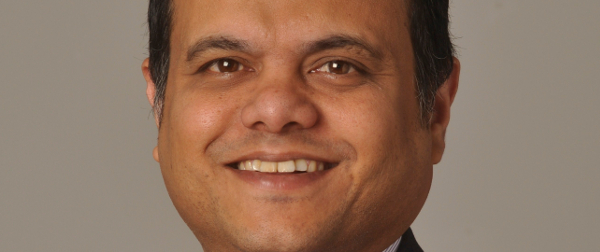
The company’s profit and revenue recently jumped 27% and 21% respectively. What do you put this down to?
Our utilisation has gone up and the ratio between the number of senior and junior people is improving. We’ve also created products that can be reused, which increases efficiency for us. And Growth in Europe has been quite good. We’ve signed a number of large deals, including one with the largest insurer in the UK, one with BASE in Belgium as well as another few in Switzerland and The Nordics. The values haven’t been disclosed because they’re quite substantial.
In 2009, the company acquired Satyam after it almost collapsed from a billion dollar fraud carried out by its former chairman B Ramalinga Ragu. How has that affected your reputation?
I was one of the six leaders who moved from Tech Mahindra into Satyam to stabilise it. After it happened, it was a case of investing in capabilities and making sure we were able to deliver and exceed customer.
Another reason why we made the acquisition was because Satyam didn’t have any telecom customers at all. Their biggest business is software services like support of ERP and BI software, whereas Tech Mahindra has lots of telecoms customers. We integrated all the liabilities together and moved the capabilities that Satyam had into Tech Mahindra. It was an up hill battle for a while.
How is the company in a better position now prior to the fraud scandal?
The great advantage of the combination of Satyam and Tech Mahindra is the ability to cross sell and up-sell. It’s now far more profitable because it sells more services into customers and we’ve managed to retain most of the customers in Europe.
BT sold its 9.1% stake in Tech Mahindra before Christmas. How has that affected you?
In terms of shareholding, BT had already mentioned that it was a financial investment and that it would exit at the right time. And we’re still servicing them; they’re still the largest customer for the group.
What other developments are happening within the company?
We’re continuing to focus on banking financial services, life sciences and manufacturing. We will also focus on infrastructure services because that’s where we see a lot of deals coming out. Another area will be borderline platform services for data management.
Where industry trends do you see developing in the future?
We’re seeing more and more telecom and enterprise systems and the availability of high speed networks, so we see cloud, mobility, networking and connected solutions as key for the future.
Companies are using mobile applications to increase productivity and if you look at other telecom operators, the average revenue per customer is coming down, so we are looking at new ways to offer enterprise services to the customers we have.
How will you outperform your rivals?
A big element of cloud comes from telecoms communications and networking, that is where our DNA is. If you look at the network operations deal with KPM that we did – it was one that no other company had done before. All these telecom companies have an IT system that runs their building, HR etc with other service like remote network modelling and network support. And we’re helping big players, like Nokia and Siemens to roll out these services.


